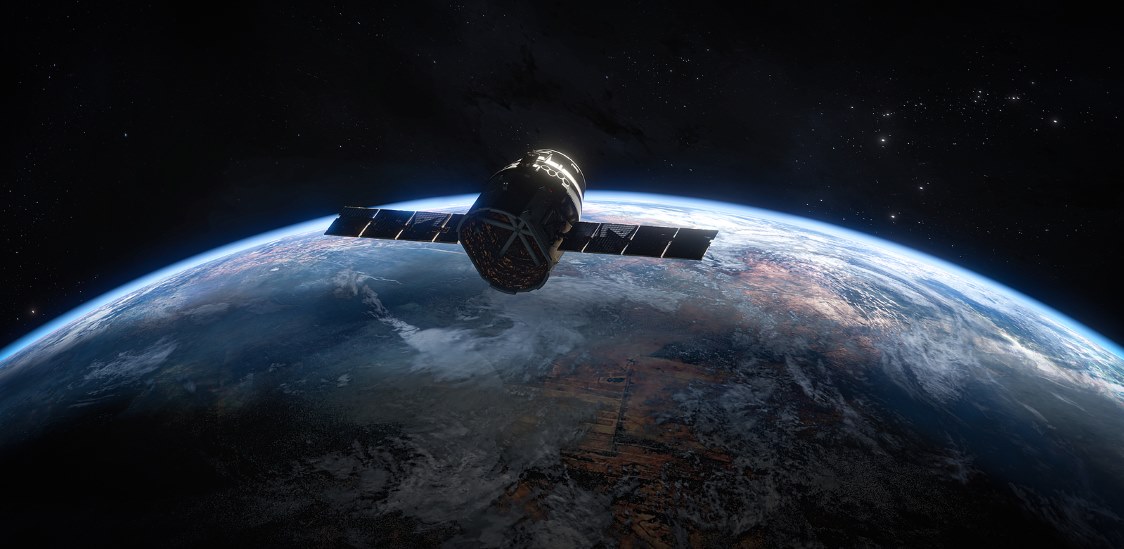In an era where internet access is synonymous with opportunity, the stark digital divide between urban centers and rural communities presents a formidable barrier to progress. Traditional broadband infrastructure, with its reliance on extensive physical networks, often fails to reach remote corners of our country and the globe, leaving millions in digital darkness. However, the advent of Low-Earth Orbit (LEO) satellite systems heralds a new dawn for global connectivity, promising to bridge this divide with innovative technology.
Operating at altitudes between 500 and 2,000 kilometers, LEO satellites offer a significant advantage over their geostationary counterparts by drastically reducing signal latency, making high-speed internet access in rural and underserved areas a tangible reality. This technological leap is not just about connecting the unconnected; it's about empowering these communities with access to education, healthcare, and economic opportunities that have long been out of reach.
The deployment of LEO satellites is a testament to the power of technology innovation in addressing complex challenges. Advances in satellite manufacturing, propulsion, and communication technologies have made it feasible to launch and maintain large constellations that provide widespread coverage. This network architecture ensures that even the most remote areas are enveloped in the embrace of the internet, effectively overcoming geographical barriers that have historically impeded rural broadband expansion.
As we stand on the brink of this connectivity revolution, it's crucial to recognize the role of LEO satellites in democratizing internet access. By providing reliable and affordable broadband to underserved communities, these celestial beacons of progress are not just closing the digital divide; they are opening a world of possibilities for millions who have been left in the shadows of the information age.
Safeguarding the skies: ensuring data security in satellite-based networks
In the expansive realm of satellite-based internet, where data traverses the vastness of space, the paramount concern of security looms large. As LEO satellite systems become the backbone of global connectivity, especially in remote and underserved regions, the imperative to protect data integrity and confidentiality becomes not just a priority but a necessity.
The challenge of securing data in satellite communication is multifaceted, given the inherent vulnerabilities of wireless transmission. The risk of interception or alteration of data by unauthorized entities is a significant concern that demands robust encryption protocols. End-to-end encryption stands as the bulwark against such threats, ensuring that data remains unintelligible from the moment it leaves the user's device until it reaches its intended destination.
Moreover, the resilience of satellite networks against evolving cyber threats hinges on the adoption of secure and advanced encryption algorithms, coupled with stringent key management practices. These measures are critical in maintaining the confidentiality and integrity of data, providing users with the assurance that their information is protected in transit through the vast expanse of space.
Beyond encryption, satellite operators must fortify the ground stations and the satellites themselves against cyber intrusions. This encompasses a comprehensive approach that includes physical security measures, secure software development practices, and regular security assessments to identify and mitigate vulnerabilities.
In the quest to keep the skies safe for data transmission, the satellite-based internet community must remain vigilant, continuously evolving its security measures to outpace the threats. In doing so, it ensures that the promise of global connectivity is underpinned by an unwavering commitment to data privacy and security.
Navigating the cosmos responsibly: environmental stewardship in satellite networking
The ascent of satellite-based networking systems, particularly LEO satellites, as a solution for global internet connectivity brings with it an imperative for environmental responsibility. The burgeoning constellation of satellites orbiting our planet, while a marvel of modern technology, also poses significant environmental challenges, from launch debris to the proliferation of space junk.
Addressing the environmental impact of satellite launches is paramount. Innovations in launch technology, such as reusable launch vehicles, have begun to mitigate the footprint of putting satellites into orbit. Moreover, the adoption of practices like water-flooding systems can further reduce the airborne debris and acoustic impacts associated with launches, marking a step towards more sustainable space endeavors.
Once in orbit, the challenge shifts to managing the potential clutter of defunct satellites and debris. The specter of space junk not only poses a hazard to operational satellites but also carries broader implications for future space exploration and the safety of our orbital environment. Active debris removal technologies and the commitment to responsible de-orbiting practices are critical in preserving the sanctity of space as a shared resource.
In this era of rapid expansion into the cosmos, the satellite networking industry must embrace its role as stewards of the environment, both terrestrial and celestial. By adopting best practices that minimize the ecological footprint of satellite operations and actively engaging in debris mitigation efforts, the industry can ensure that the pursuit of global connectivity does not come at the expense of the planet's well-being. In doing so, it sets a precedent for responsible innovation, ensuring that the final frontier remains a realm of opportunity, not a graveyard of human ambition.






















